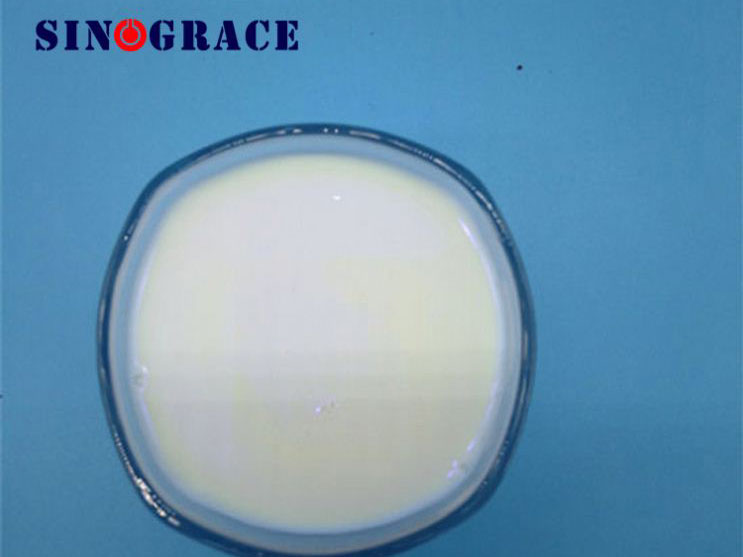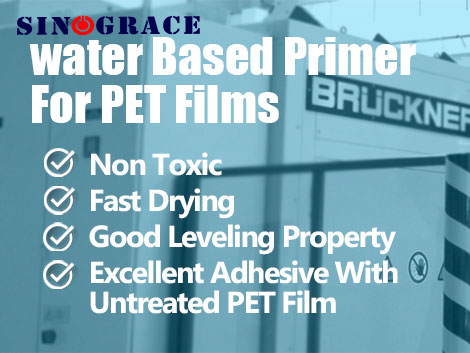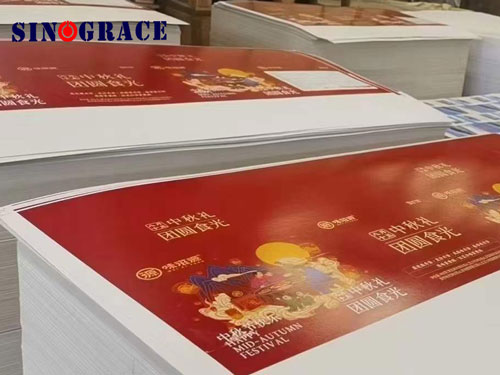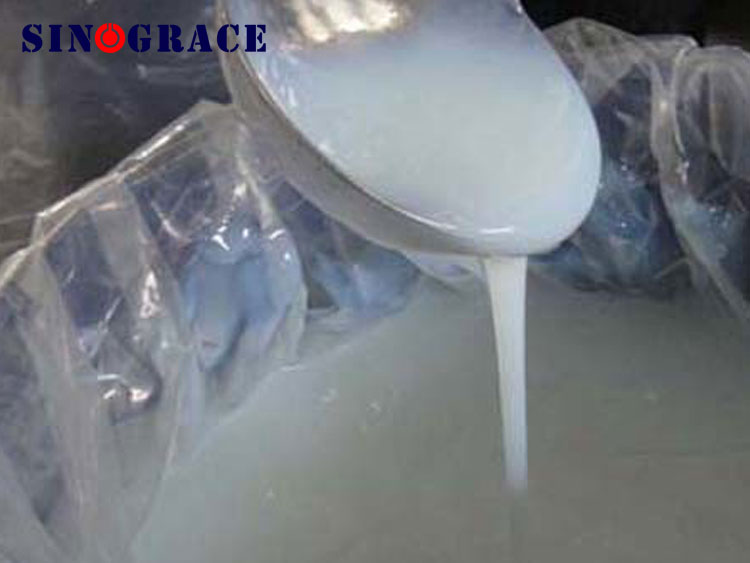- Home
- About Us
- Products
- News
- Contact Us

2025-04-25
Box gluing adhesive, also known as sealing adhesive or box bonding adhesive, is a fine chemical product. It is mainly used in the post-printing processing and manufacturing procedures of the printing industry, such as pasting fine boxes, sealing paper boxes and handbags, automatic gluing of boxes by automatic box gluing machines, and mounting of hardcover book shells, etc. The bonding performance of box gluing glue is mainly reflected in the adhesion between the paper and the laminating material. The quality of box gluing glue directly affects the quality of box gluing. Water-based box gluing glue has basically replaced solvent-based glue and is widely used in the box gluing process. I.Overview: As the market demands for product packaging continue to rise, various exquisitely printed packaging products have put forward higher requirements for the adhesives they use, which has also promoted the rapid development of packaging adhesives. Especially for many enterprises that produce high-quality color boxes, they need to use laminating machines to manually bond special paper, card paper, laminated color paper, etc. with industrial cardboard, medium density fiberboard, etc., to make various high-end wine boxes, gift boxes, etc. In the industry, this type of glue is commonly referred to as box gluing glue, color box glue, fine mounting glue, box mounting glue, box bonding glue, water-based yellow glue, etc. It is a one-component water-based emulsion adhesive, a water-based product with low odor, flexible film, good adhesion, high initial adhesion, long holding time, high bonding strength, excellent low-temperature and high-temperature resistance, and good mechanical stability without skinning. It is suitable for manual box mounting, box gluing and box bonding on laminating machines. The product has low cost, good stability, long open time, and excellent over-gluing and bonding adaptability. Compared with jelly glue, it has better anti-mold, moisture-proof, anti-de-gluing, longer operating time after gluing, strong adhesive force, long-lasting adhesion, and can adapt well to both cardboard and thin paper. II.Characteristics: 1.The product is water-based, non-toxic and pollution-free. 2. The adhesive film is flexible, has good permeability, high bonding strength, good mechanical stability, does not form a skin, does not throw off glue, does not rebound when folded and bonded, and is easy to wipe off wild glue. 3. Single-component products have a fast initial adhesion, a long holding time, and an open time of up to 30 minutes. It can be bonded within 2 to 30 minutes after lamination. 4.It can maintain its bonding performance at ambient temperatures below -20℃ and above 70℃, and has excellent low-temperature and high-temperature resistance. 5.The product has low cost, advanced formula and good production stability. The product performance is superior to that of all kinds of sealing adhesives in the market. Iii. Quality Indicators: It is a pale yellow or mi...
read more
2025-04-24
The main function of the film surface coating treatment agent is to enhance the comprehensive performance of the film through chemical or physical modification. The specific functions can be summarized as follows: 1.Enhance surface adhesion Improve the adhesion of ink/adhesive: By increasing the surface energy of the film or introducing polar groups, make the ink, coating or adhesive more likely to wet the surface. For instance, BOPP films can enhance the adhesion of UV ink by through corona treatment or special treatment agents (such as leveling agent). Alternative to traditional processing techniques: For instance, PET films can be directly treated with corona free treatment agents (containing special functional groups) to form high-adhesion coatings, simplifying the production process 2. Enhance weather resistance and protective performance Alternative to traditional processing techniques: For instance, PET films can be directly treated with corona free treatment agents (containing special functional groups) to form high-adhesion coatings, simplifying the production process Corrosion resistance and wear resistance: Metal film treatment agents (such as fluorozirconate-based composite films) enhance corrosion resistance through zirconium formation films; Additives such as nano-titanium dioxide can enhance self-cleaning and antibacterial properties 3. Optimize the surface physical properties Adjust surface tension and wettability: Increase surface roughness through plasma treatment or chemical etching to improve wettability (such as hydrophilic or hydrophobic function), which is suitable for biomaterials or packaging films Reduce friction and static electricity: Add lubricants (such as oleamide) to lower the friction coefficient between films, prevent adhesion, and at the same time have an anti-static effect, making it suitable for packaging and electronic insulating materials 4. Achieve special functionalization Functional coatings: such as anti-fog, anti-ultraviolet (nano zinc oxide), conductive (graphene coating) or flame-retardant coatings, expanding the application of films in electronics, medical and other fields Biocompatibility improvement: Through enzyme treatment or plasma modification, the film is made suitable for the surface of medical devices or biosensors 5. Environmental Protection and process optimization Reduce pollution and energy consumption: Phosphorus and nitrogen-free treatment agents (such as Oxsilan silane technology) replace traditional phosphating processes to reduce heavy metal pollution; Water-based treatment agents comply with EU environmental protection standards Simplify the processing flow: The fast-drying treatment agent (curing within 15 seconds) meets the requirements of assembly line production, such as the application of UV light-cured coatings on PET films Packaging material: PVC composite film is treated with acrylate treatment agent to prevent plasticizer precipitation while maintaining welding performance...
read more
2025-04-23
The characteristics of paper varnish mainly include the following aspects: Fast curing speed The curing speed of paper varnish is extremely fast. Especially when using UV technology, the curing process can be completed within a few seconds to a few minutes, making it suitable for high-speed printing and multi-color printing. Excellent environmental protection performance Many modern paper varnish products are solvent-free, reducing the generation of organic volatile substances, thereby lowering air pollution and fire risks, as well as reducing air pollution. High gloss and color vividness Varnish can significantly enhance the glossiness of paper, making the surface of printed matter present a smoother and brighter effect. Meanwhile, it can also enhance the vividness and contrast of colors, making printed materials more attractive. Enhance durability and stain resistance The protective film formed by the varnish on the surface of paper can effectively enhance the wear-resistance and stain-resistance of the paper, prevent the surface graphics from being scratched or stained, and prolong the service life of printed materials. Water impervious Some special types of varnish have excellent waterproof performance, which can effectively prevent water penetration and protect paper from the influence of damp environments. They are suitable for food packaging, beverage labels and outdoor advertising, etc. Diverse tactile effects Different types of varnish offer various tactile effects, such as smooth, matte, pearlescent and frosted, etc. These effects not only enhance the visual and tactile experience of printed materials, but also increase their market value and uniqueness. Strong adaptability Varnish has strong adaptability and the appropriate type can be selected according to different printed materials and requirements. For example, glossy varnish is suitable for high-end book covers, while matte varnish is suitable for high-end business cards and art albums. These characteristics have enabled paper varnish to be widely applied in the printing industry, not only improving the appearance quality of printed materials, but also enhancing their practicality and market competitiveness.
read more
2025-04-17
Acrylate emulsion polymers are widely used in coating printing, electrostatic flocking, fabric lamination, warp sizing and coating processing, etc. Different types of acrylate with various properties also have their own different applications due to the differences in raw materials and ratios used. 01 Common Characteristics of acrylic Emulsion Outstanding adhesion: The polymer structure of waterborne acrylic emulsion facilitates the flow and wettability of molecular chains on the substrate surface, enabling close contact between the coating and substrate molecules and achieving high adhesion. The high load-bearing capacity of pigments and fillers can significantly reduce costs: Waterborne acrylic emulsion has excellent filling properties, and the total solid content of the coating formula can reach 60%. Significantly reduce the formulation and application costs of water-based wood coatings. Zero-voc safe and environmentally friendly: Water-based acrylic emulsion itself contains no VOC and can form a film at room temperature without the need for film-forming AIDS. The VOC content of the coating with such a formula can be zero. Excellent water resistance: Water-based acrylic emulsion does not contain the surfactants used in ordinary acrylic emulsion and has specially designed hydrophobic groups. It can prevent water molecules from penetrating the substrate after the paint film dries, achieving the effect of waterproofing and moisture-proofing. Excellent weather resistance: The molecular structure of water-based acrylic emulsion all adopts UV-stabilized monomer structure. Moreover, the emulsion is specially designed to ensure that TIO2 is fully and uniformly dispersed in the emulsion, reducing the influence of ultraviolet rays on the emulsion and effectively protecting the substrate. Excellent pigment dispersion: The water-based acrylic emulsion has good compatibility with various water-based color pastes, which maximizes the functions of fillers and pigments, resulting in bright and vivid coating colors.
read moreCopyright © 2015-2025 Anhui Sinograce Chemical Co., Ltd..All Rights Reserved.powered by dyyseo.com
top